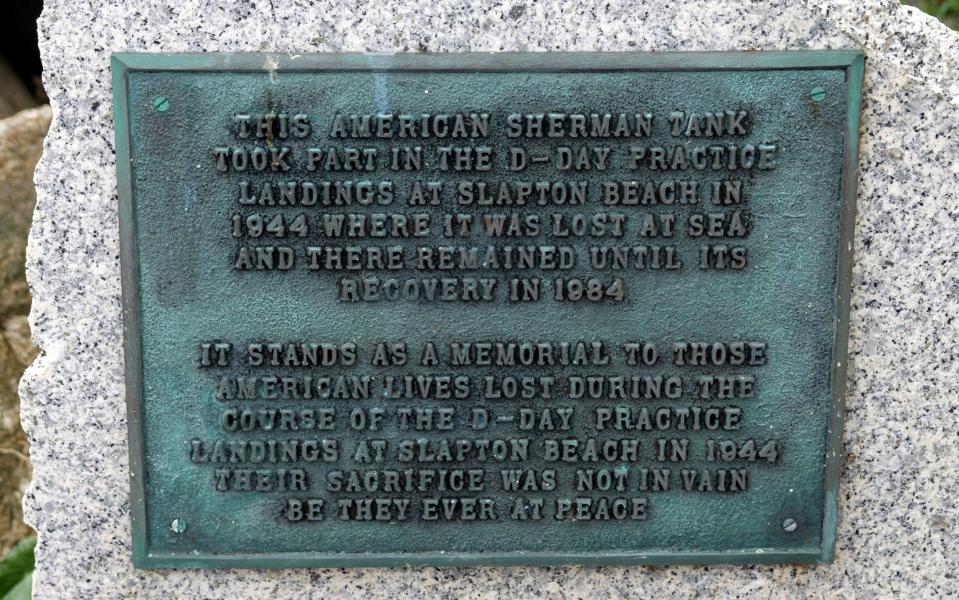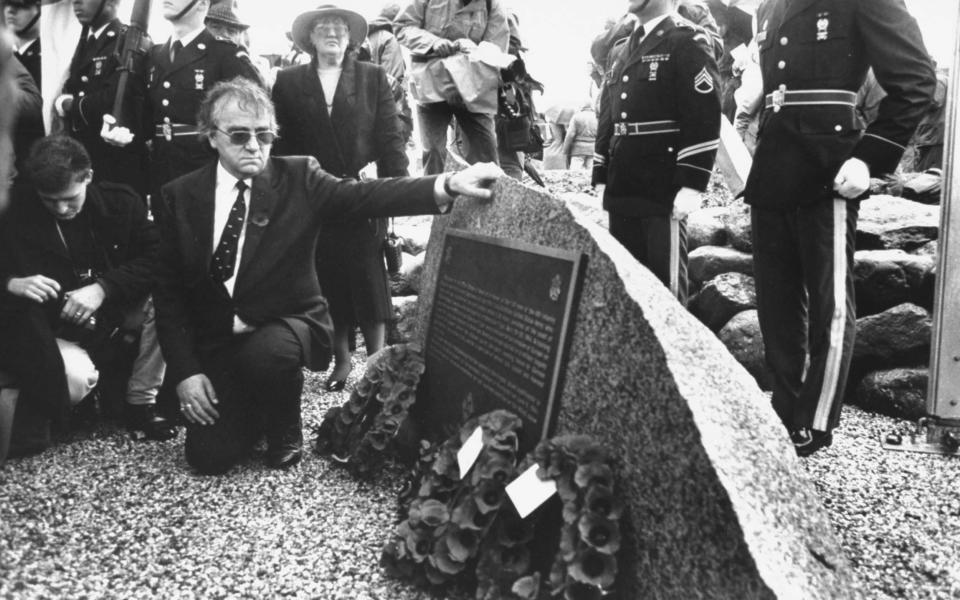D-Day could have been scuppered by near-miss, research reveals

D-Day could have been scuppered if British destroyers hadn’t stopped Germans from getting into position during a rehearsal, research has found.
Exercise Tiger - a secret mission to prepare for the Allied invasion of Normandy - took place in Lyme Bay, off the coast of south Devon and Dorset in late April 1944.
More than 700 US troops were killed when the convoy carrying them was attacked by heavily-armed German motor torpedo boats known as S-Boats.
New research, based on eyewitness accounts and official military records, has revealed that the death toll could not only have been higher but plans for D-Day could have been altered as a result.
This is because a second group of Allied invasion ships, making its way along the English Channel, narrowly avoided becoming embroiled in the disaster - thanks to the British staving off the German S-Boats.
Such a battle could have resulted in a greater loss of life and the destruction of several tank landing ships (LST) that were crucial for the planned Normandy invasion.
Dr Harry Bennett, associate professor of history at the University of Plymouth analysed eyewitness accounts and official military records kept by the US, British and German navies to establish what happened that night.
He discovered that as the Germans made their escape their S-boats and the British destroyers converged - with the British opening fire, at exactly the point when they met the US Obstacle convoy heading from Falmouth in Cornwall to Portland on the Dorset coast.

In brief moments of confusion, the British destroyers opened fire towards the Obstacle convoy thinking the dark shadows of the ships were the Germans.
The potential friendly fire attack was swiftly averted, with no damage done, but not before the Germans had successfully fled the scene.
Dr Bennett said: “These new findings show a second incident occurred in which forces of three of the world's most powerful wartime navies stumbled upon each other in mid-Channel only narrowly avoiding a pitched battle.
“Of the three S-Boats that encountered the second convoy code named Obstacle we don't know how many torpedoes they had left, but they weren't given the time to potentially get in to a position to attack that convoy because of the aggressive actions of the British destroyers trying to cut off the escape of the German S-Boats to the South.
"Ironically the tenacity and ferocity shown by British forces perhaps prevented an even bigger tragedy that night.”
He added: “While we cannot say for certain what the implications for D-Day of an even bigger disaster we can be sure that there would have been pressure to look again at the plans and run fewer risks.”
The research will be revealed in greater detail at FUTURES2020, a virtual festival of discovery taking place on November 27 and 28.

